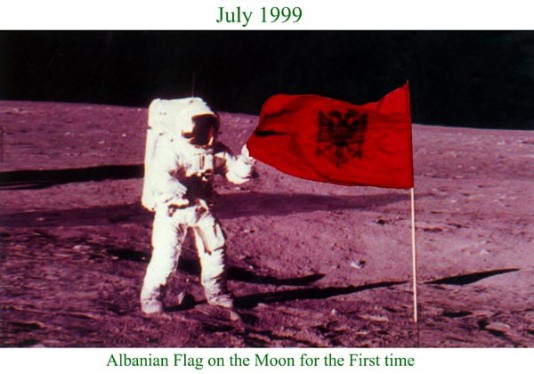Singapore, Visual Arts, 2018
Ho
Rui An
Singaporean artist and author Ho Rui An (b. 1990) works at the interface of contemporary art, film, performance, and theory. He is particularly interested in images and how they are constructed within the context of globalization and politics, and above all in questioning their origins and how they are disseminated, but also how they disappear. Rui An combs through historical archives and contemporary visual culture to examine the shifting relationships between image and power. He is interested in themes such as hospitality, participatory democracy, or even speculative future scenarios.
In his discursive performances, Rui An calls on various formal elements, ideas, and figures in order to address a variety of issues. In so doing, he clearly sets himself apart from the tradition of “spoken performances” in contemporary dance and theater in Singapore or the theorizing of art as postulated by the so-called “pedagogical turn.” He is also somewhat skeptical of the term “lecture performance” and instead relates his own practice to the tradition of early cinema, when the projected image was accompanied by live performances.
The performance DASH (2017) uses dash cam recordings of accidents as a starting point to address the Singapore government’s Horizon Scanning program, a risk assessment analysis that also includes various forms of monitoring. The widespread use of the dash cam in recent years has led to the formation of a kind of global accident archive featuring a huge collection of images on the Internet, which Ho Rui An draws from in his work. Taking up the theme of Horizon Scanning in Singapore, which combines big data with scenario planning, the artist explores the question of how an accident or, more generally, a crisis becomes legible in an era of risk prevention and financial security. Rui An sees Singapore as a crucial hub where the electronic circuitry of the global financial market overlaps with routes of disfranchised migrant workers. Singapore is seen as a privileged place where disturbances or “weak signals” that appear on the horizon immediately become apparent. From this location, Rui An develops both a fantastical and speculative economy that he typically presents to the public in live performances.
Ho Rui An has realized numerous international projects, including at the Jakarta Biennale (2017), the Sharjah Biennial 13 (2017), the Kochi-Muziris Biennial (2014), the House of World Cultures, Berlin (2017), Jorge B. Vargas Museum and the Filipiniana Research Center, Manila (2017), the NTU Center for Contemporary Art Singapore (2017), the NUS Museum, Singapore (2016), Para Site, Hong Kong (2015), the Hessel Museum of Art and CCS Bard Galleries, Annandale-on-Hudson (2015), and Witte de With, Rotterdam (2014). Rui An is also the Singapore editor of ArtAsiaPacific magazine and has contributed to numerous publications. He lives and works in Singapore and New York.
Text: Anja Lückenkemper



